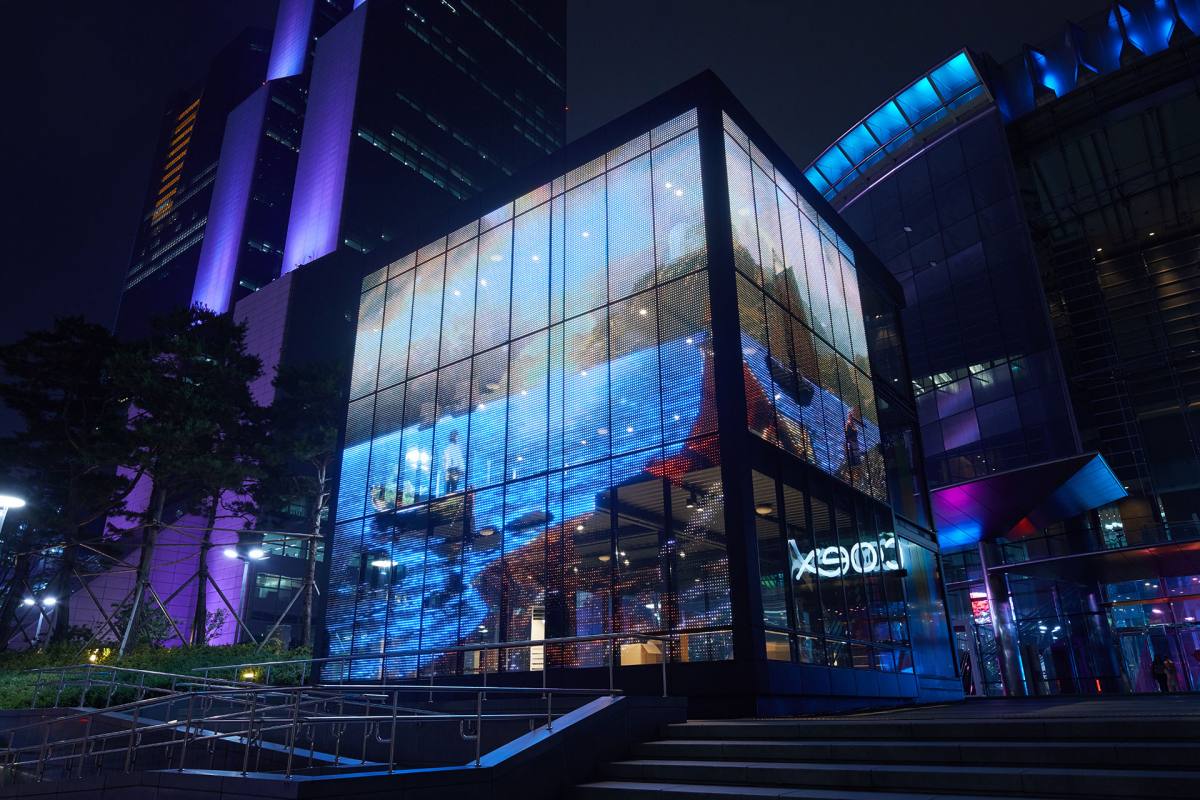In modern concerts, audiences expect more than sound. They crave immersion. The combination of music, lighting, and LED visual display screens creates unforgettable experiences. As artists seek deeper audience engagement, LED display technology now plays a central role in defining stage design, storytelling, and brand identity.Under people’s attention digital LED display supplier Finally grow into what people need, born for the market and come for the demand. https://www.xvisuallive.com/
1. Why LED Visual Display Screens Lead Concert Innovation
LED screens have become essential to modern stagecraft. Compared to traditional projection, LED displays offer sharper contrast, seamless scalability, and real-time responsiveness. Their vivid colors and programmable visuals allow designers to synchronize music with stunning graphics.
In addition, modular LED panels can adapt to various stage shapes and venues. Whether for stadiums or indoor theaters, LED visual display screens maintain high visibility even under bright stage lights. This reliability, combined with flexibility, makes them a top choice for concert environments.
2. The Psychology of Immersion in Live Events
Immersive experiences captivate attention, reduce distractions, and evoke stronger emotional responses. When visuals wrap around a performer or pulse with the beat, the audience feels more connected. These multi-sensory interactions are achieved by integrating spatial sound, synchronized visuals, and dynamic lighting¡ªall centered on LED backdrops.
Moreover, using curved or wrap-around LED formats, designers can create virtual environments that respond in real time. As a result, audiences feel transported¡ªwhether to a digital jungle, a futuristic skyline, or a cosmic realm.
Thus, the LED visual display screen is not just decoration¡ªit is a gateway to immersion.
Top 5 Reasons Why Outdoor LED Screen for Events Are a Must-Have
3. Design Elements That Shape Immersive Concerts
To create impactful visual backdrops, multiple design principles must be applied:
a. Pixel Density and Resolution
Higher pixel density allows sharper imagery, especially when the audience is close to the stage. For high-impact visuals, panels with pixel pitch below 2.5mm are often used. These enable 4K-level detail on mid-size stage walls.
b. Curved and Flexible Formats
Flexible LED panels can curve around corners or wrap entire stage structures. This enhances depth and dimensionality, especially when using 3D or motion-tracked visuals.
c. Content Mapping and Real-Time Sync
Modern concerts use media servers to match video loops to music in real time. The LED display receives cues to change visuals in sync with instruments or choreography. This technique enhances immersion through rhythm-matching visuals.
